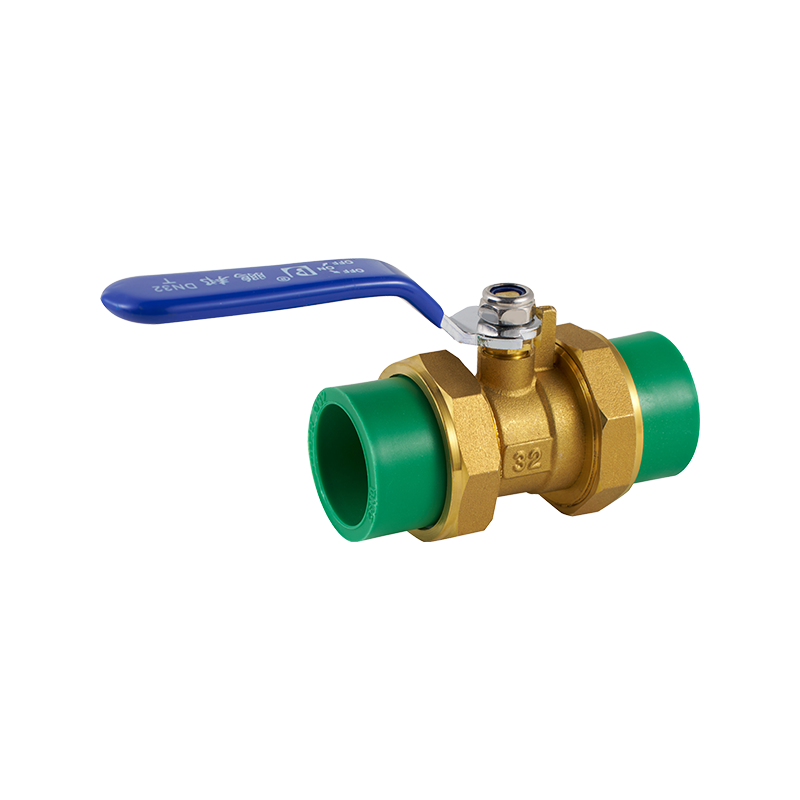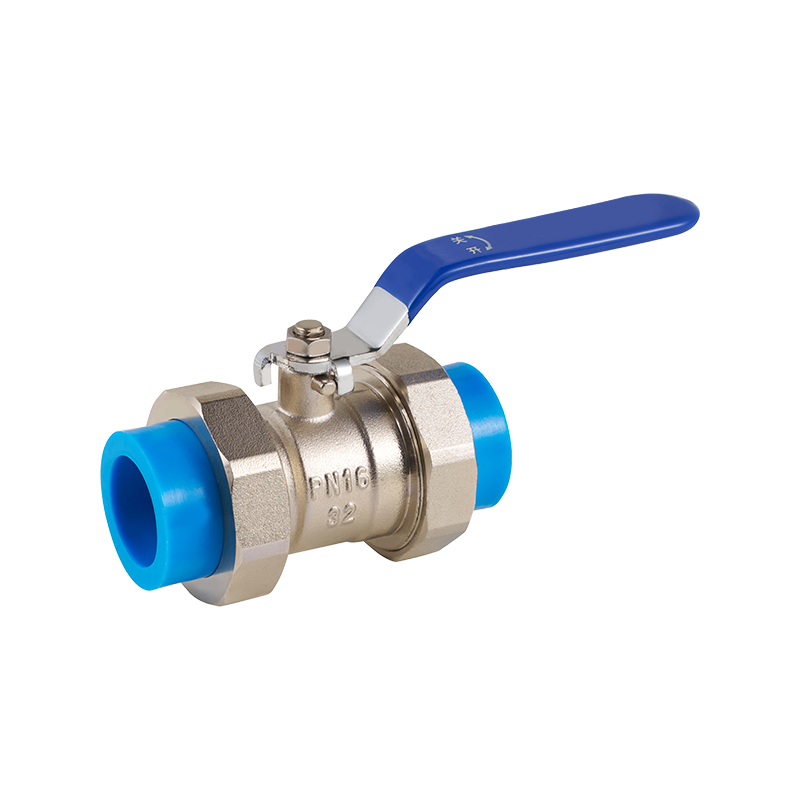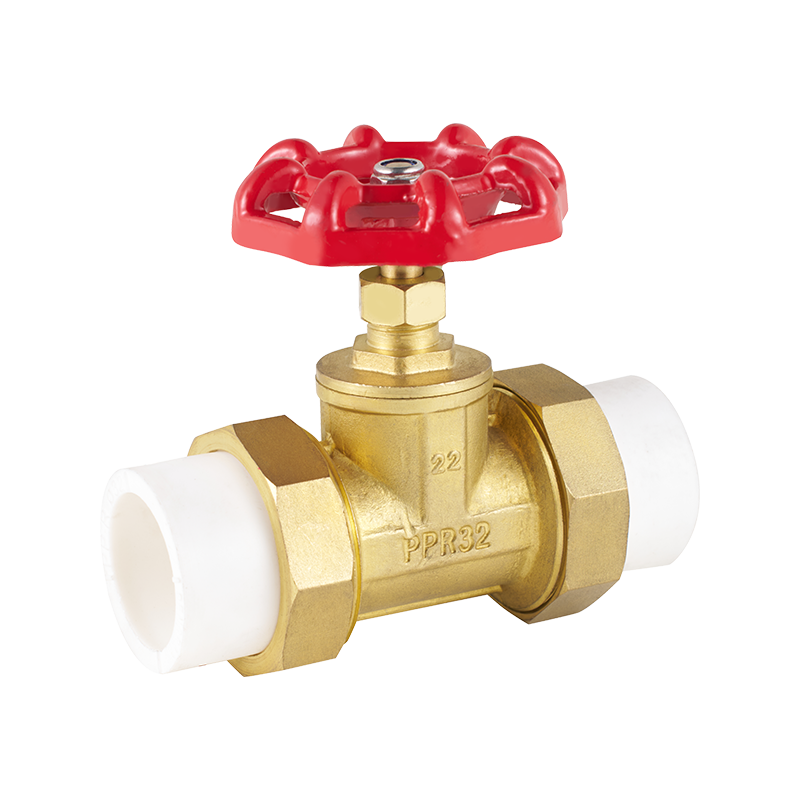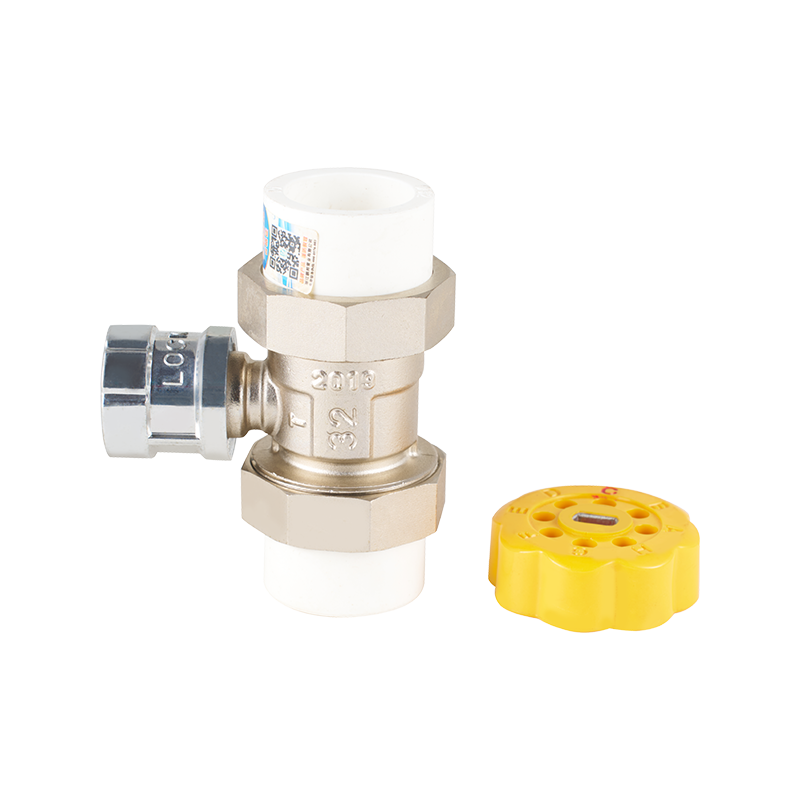Valves play a crucial part in energy-saving systems across many industries. Their ability to control the flow of liquids and gases efficiently directly influences the overall energy consumption and operational costs of a system. Among various types, industrial gas valves, high pressure water reducing valves, and carbon steel check valves are commonly used components that contribute significantly to enhancing system efficiency and energy conservation.

Industrial gas valves are essential for managing the flow of gases in energy-intensive processes. By precisely regulating gas flow, these valves help reduce energy waste and maintain stable operating conditions. In many industrial settings, gas valves must handle varying pressures and temperatures, so their durability and reliability are important factors in maintaining system efficiency. Properly maintained industrial gas valves ensure that gas is supplied only as needed, less losses and reducing the demand on energy resources.
High pressure water reducing valves serve an important function in hydraulic and water supply systems. These valves adjust high inlet pressures to a lower, manageable outlet pressure, protecting equipment and piping while optimizing energy usage. By maintaining consistent pressure, high pressure water reducing valves prevent excessive energy consumption that can occur when pumps or compressors work harder than necessary. Their ability to provide precise pressure control makes them valuable in energy-saving system designs, particularly in large-scale water distribution or heating systems.
Carbon steel check valves are widely used to prevent backflow and ensure unidirectional flow within piping systems. Their role in energy saving systems is often underestimated, yet they contribute significantly by maintaining flow efficiency and preventing unnecessary energy losses. When fluids flow in the desired direction without interruption, pumps and other equipment can operate more efficiently, reducing energy consumption. Carbon steel check valves are chosen for their strength and resistance to wear, which supports the long-term stability of energy saving systems.
In energy saving systems, the integration of industrial gas valves is often seen in processes such as heating, ventilation, and power generation. These valves control the delivery of fuel gases, ensuring that combustion processes operate within safe and efficient parameters. When the flow of gas is precisely managed, fuel usage is optimized, which directly impacts energy savings. Industrial gas valves also contribute to reducing emissions by avoiding over-supply and inefficient burning, aligning with energy conservation and environmental goals.
Similarly, high pressure water reducing valves are used extensively in district heating and cooling systems where energy efficiency is a priority. These valves help balance pressure across extensive pipe networks, ensuring that no part of the system experiences excessive pressure that would increase energy demand. By reducing the need for high-power pumps and avoiding pressure surges, high pressure water reducing valves support the smooth operation of energy saving systems. Their proper calibration and maintenance ensure that they perform consistently over time.
The role of carbon steel check valves in energy saving systems also includes protecting pumps and compressors from damage caused by reverse flow. Reverse flow can advance to equipment wear and unplanned downtime, both of which have energy and cost implications. By preventing backflow, carbon steel check valves maintain system integrity and contribute to energy conservation by ensuring that all components function under good conditions. Their material properties make them suitable for harsh environments where energy saving systems are often installed.
When designing energy saving systems, engineers consider how industrial gas valves, high pressure water reducing valves, and carbon steel check valves interact with other components. For instance, an industrial gas valve working in tandem with a high pressure water reducing valve can balance energy usage between gas-fired boilers and water-based heating systems. Similarly, check valves are installed downstream to maintain flow direction and protect against inefficiencies caused by pressure fluctuations or system reversals.
Maintenance plays a vital role in ensuring that these valves continue to contribute effectively to energy saving efforts. Industrial gas valves require regular inspection to detect leaks or wear that could advance to gas wastage. High pressure water reducing valves must be checked for correct pressure settings and any signs of malfunction that could increase energy consumption. Carbon steel check valves need to be inspected for blockage or wear that could hinder proper flow, potentially causing energy losses.
Overall, the thoughtful selection and proper maintenance of industrial gas valves, high pressure water reducing valves, and carbon steel check valves are fundamental to the success of energy saving systems. Their combined function supports controlled flow, consistent pressure, and unidirectional movement of fluids and gases, which in turn reduces unnecessary energy consumption and extends the service life of system components. Energy saving systems rely on these valves to maintain operational stability and efficiency over long periods.
As industries continue to focus on reducing their energy footprint, the importance of valves within these systems is increasingly recognized. By improving flow control and preventing waste, industrial gas valves, high pressure water reducing valves, and carbon steel check valves play an integral role in achieving sustainable energy management goals. Their contribution to system efficiency highlights the need for ongoing innovation and quality assurance in valve design and manufacturing.
In conclusion, valves are more than just components controlling flow; they are key players in energy saving strategies across various industrial and commercial applications. Industrial gas valves, high pressure water reducing valves, and carbon steel check valves each serve specific roles that together enhance system performance and conserve energy. Through careful integration, monitoring, and maintenance of these valves, energy saving systems can operate smoothly and sustainably for years to come.


 English
English русский
русский Español
Español عربى
عربى





 CONTACT US
CONTACT US